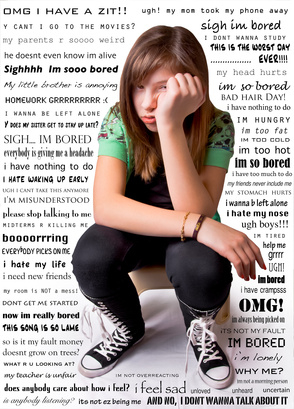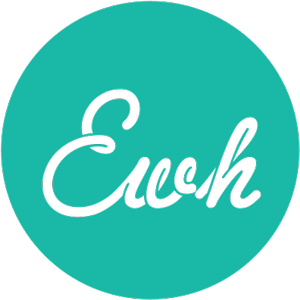
Is it YA or Middle Grade?
 Many aspiring children’s book authors are confused about the difference between young adult (YA) and middle grade novels. Aren’t all teens and pre-teens young adults? But within the industry, middle grade and YA are two totally separate genres, and it’s important to be able to differentiate between the two, to know where your manuscript fits in the marketplace.
Many aspiring children’s book authors are confused about the difference between young adult (YA) and middle grade novels. Aren’t all teens and pre-teens young adults? But within the industry, middle grade and YA are two totally separate genres, and it’s important to be able to differentiate between the two, to know where your manuscript fits in the marketplace.
Below is a chart highlighting some essential differences:
|
|
MIDDLE GRADE |
YOUNG ADULT (YA) |
| AGE | Hero is usually 13 or younger, and in middle school (grades 4-8.) Age of reader is approximately 8-12. | Hero is mid-to late teens; in high school (grades 9-12) Age of reader is 13 and up. |
| THEMES | Themes focus on the challenges of youth and ‘coming of age.’ | May be multi-themed; often not written according to popular themes, but what the author knows or has researched. |
| CHARACTER JOURNEY | Novels emphasize character and his/her emotional struggle, or coming of age, more than plot. | More complicated, plot-wise. Hero experiences internal change, often triggered by external events. Adult problems encountered for the first time. |
| SECONDARY / ADULT CHARACTERS | Parents or other significant adults are often strong secondary characters. | Adult characters play a backseat role. |
| ENDINGS | Stories generally resolve happily, or if not, it’s bittersweet – there is a strong sense of hope. | Stories don’t always have happy endings, though resilience and hope are still evident. |
| LANGUAGE & EDGY “CONTENT” | Little to no profanity. Think ‘darn’ vs. ‘damn.’ Also little violence or substance abuse. If any, usually involves ‘friend’ or secondary character, rather than hero. | May include a lot of profanity. May also include violence, substance abuse, or any ‘edgy’ content relevant to teens today. |
| VOICE | Often (though not always) told in 3rd person narrative form – though usually close 3rd person, i.e. always ‘with’ the protagonist. | Often told from the viewpoint of or in the 1st person voice of the young adult hero, as opposed to a 3rd person narrator. Language may be more lyrical/poetic – may even be in verse. |
| ROMANCE / SEX | Romance is largely innocent and sexuality is at a minimum. Think “first kiss” or hand holding, if anything at all. | Romance and sexuality abound – though sex scenes are not usually graphic. (Save that for adult fiction.) |
| FOCUS / PERSPECTIVE | Perspective is internal; focused on self-growth and hero discovering who he/she is in the world. | Perspective becomes external. Hero notices world around them and how they fit in. Often moves from more selfish developmental stage to awareness of feelings and circumstances of others. |
| SUBJECT MATTER | Most MG kids’ lives are still controlled by adults – so fantasy and magic are popular. | Characters are old enough to be independent and get into trouble, so grittiness and realism abounds. |
